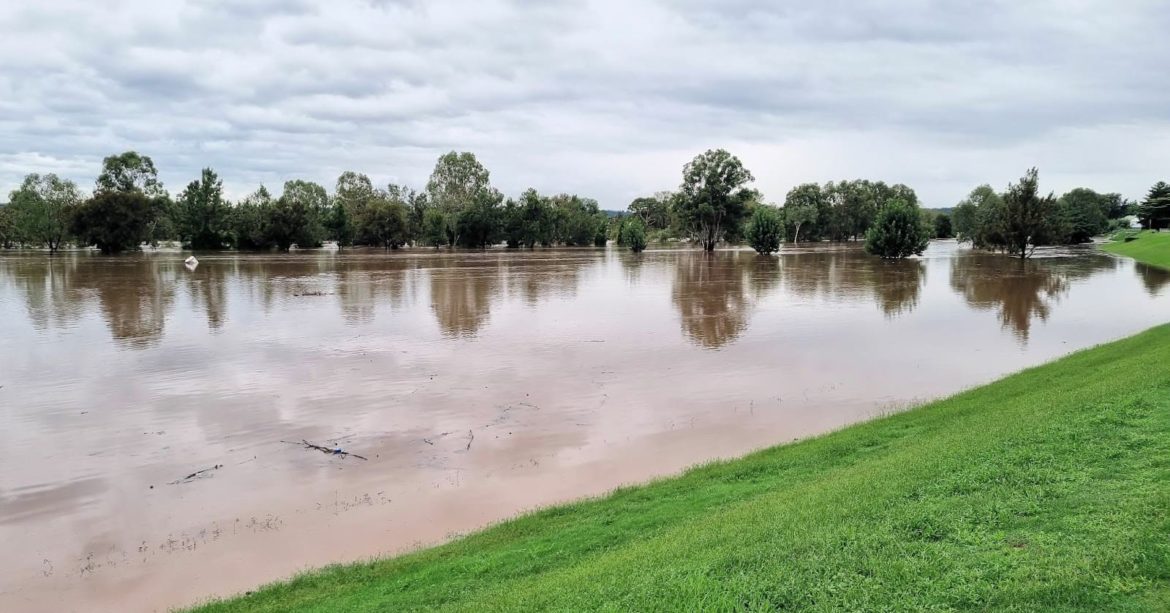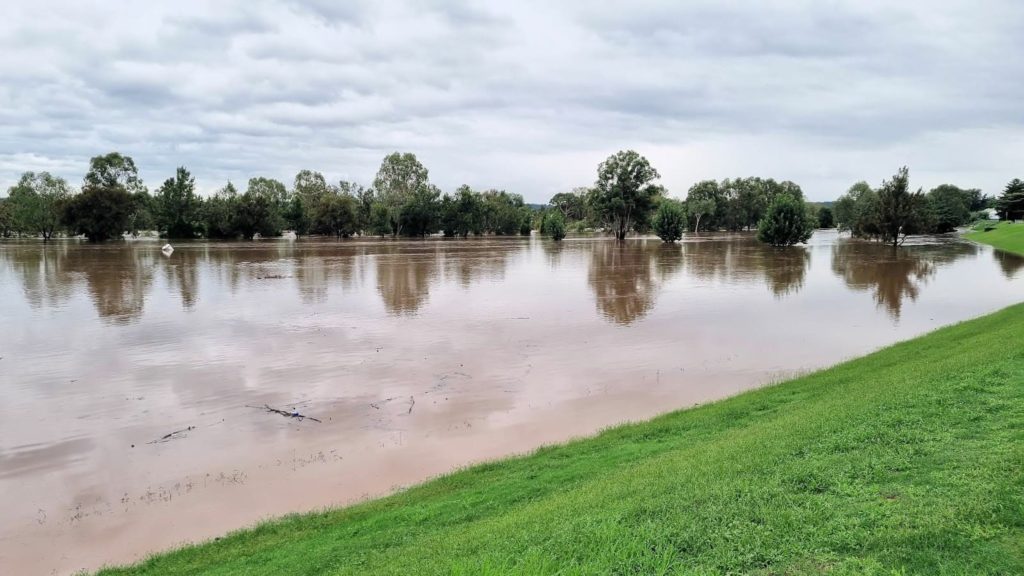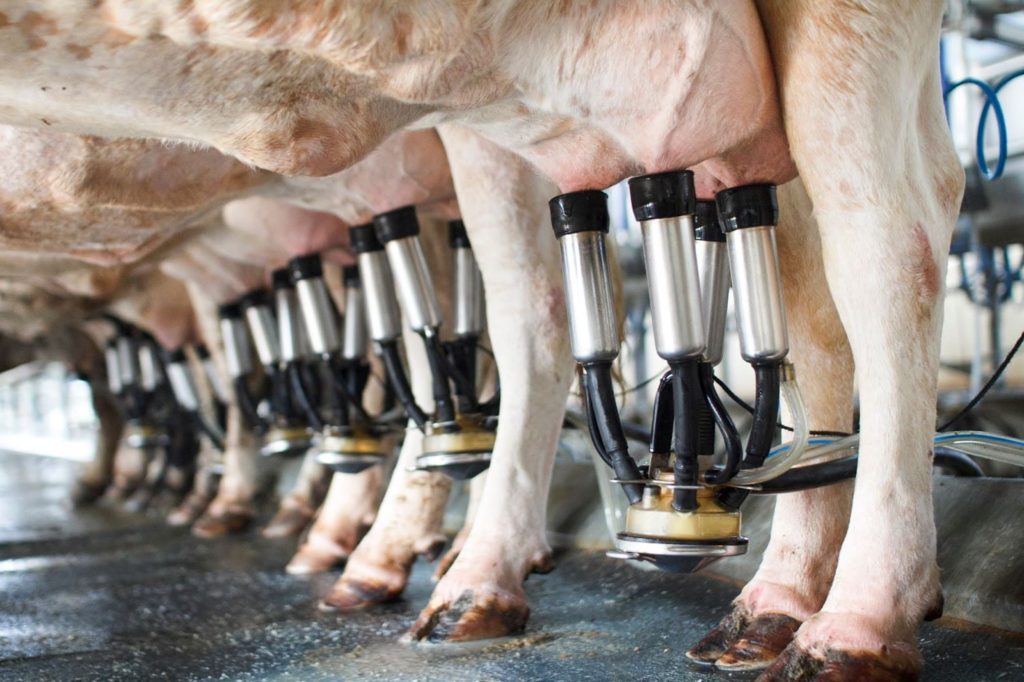Thousands of Hectares of Crops Lost in Record Floods in NSW and Queensland
- On : April 22, 2022
- By : Entegra Signature Structures
In recent months, weather systems have brought record rainfall and flooding to the east coast of Australia. During the first week in March, more than a year’s worth of rain fell in northern New South Wales (NSW).
Adverse weather conditions continued towards the end of March leading thousands of people in northern NSW and Southern Queensland in Eastern Australia to evacuate their homes. During these difficult times flooding in Queensland was at its worst since 2011.
Thousands of hectares of crops have been lost as a result of the record floods in NSW and Queensland.
Key points
- In recent months, weather systems have brought record rainfall and flooding to the east coast of Australia.
- Thousands of hectares of crops have been lost as a result of the record floods in NSW and Queensland.
- Around $10 million worth of soybeans have been washed away equating to around 4,000-5,500 hectares being destroyed, and 800 hectares being downgraded.
- Sorghum crops have also been adversely affected with around 40% of the total crop not yet harvested at the time of the flooding.
- Livestock, machinery, and farming infrastructure have also been severely impacted by the flooding.
Loss of crops in record NSW and Queensland flooding
Soybean and sorghum crops have both been adversely affected by the flooding. According to estimates from the North Coast Oilseed Growers Association, around $10 million worth of soybeans have been washed away.
The seriousness of the situation can be seen from the fact that of 7,000 hectares of soybeans planted only around 1,200 are thought to have survived intact with around 4,000-5000 destroyed and 800-1000 hectares downgraded.
A more positive aspect nationally is that the loss in this part of the country can almost certainly be made up for in other areas. Of course, this does not offer much solace for growers who have experienced significant crop losses. The government provides access to an Australian Government Disaster Recovery Payment for those affected by the flooding.
The situation regarding sorghum crops in the flood affected areas is also not ideal. Around 40% of the crop was yet to be harvested when the flooding hit. Any crop that was ready to be harvested when the flooding happened is likely to be lost or downgraded while the extra moisture could be beneficial for crop that was planted later.
In the case of downgraded crops, all may not be lost. There is an opportunity to export it to China where herd rebuilding is taken place.
Overall, the negative impact of flooding on crops in the flood affected areas is significant and could be worsened if adverse weather fronts continue.
Impact on livestock from flooding
Crops are not the only area of the agricultural industry to be affected by the floods in Queensland and NSW. Many farmers have experienced major livestock losses, such as Paul Weir, a dairy farmer who saw around half of his 300 head herd taken away by flood waters. He was forced to shoot five cows and several more are thought to have drowned.
There have been several reports of cows being stranded in random locations after being carried away by the water, including a post on Twitter about a cow on a roof in Lismore.
The exact impact of the flood on cattle in the affected areas is not yet clear. However, estimates suggest that around 475,000 head may be affected which equates to around 2% of the national herd.
Farmers are also experiencing issues with flood damage to machinery and vehicles and a lack of electricity on some farms means that milking sheds are not operating. This could lead to issues such as mastitis in cows.
Flood risk continues despite lighter rainfall
Losses in crops and livestock and damage to machinery and farming operations are all serious results of the flooding in NSW and Queensland. And the risk of flooding is not yet over despite the lighter rainfall recently.
The Culgoa, Birrie, Bokhara and Narran rivers are rising causing some minor flooding. There is also predicted to be minor flooding at Willara Crossing when flood peaks in the Pardoo River flow into NSW.
Flooding issues also remain for the Barwon River at Mungindi, and the lower Condamine and Balonne rivers in Queensland.
It appears there may be more issues to come for crop growers and farmers in NSW and Queensland as they keep their eyes peeled on vital weather updates and work to assess the damage and address the losses they have already suffered.
RELATED ARTICLES
https://disasterphilanthropy.org/disasters/2022-australian-flooding/



